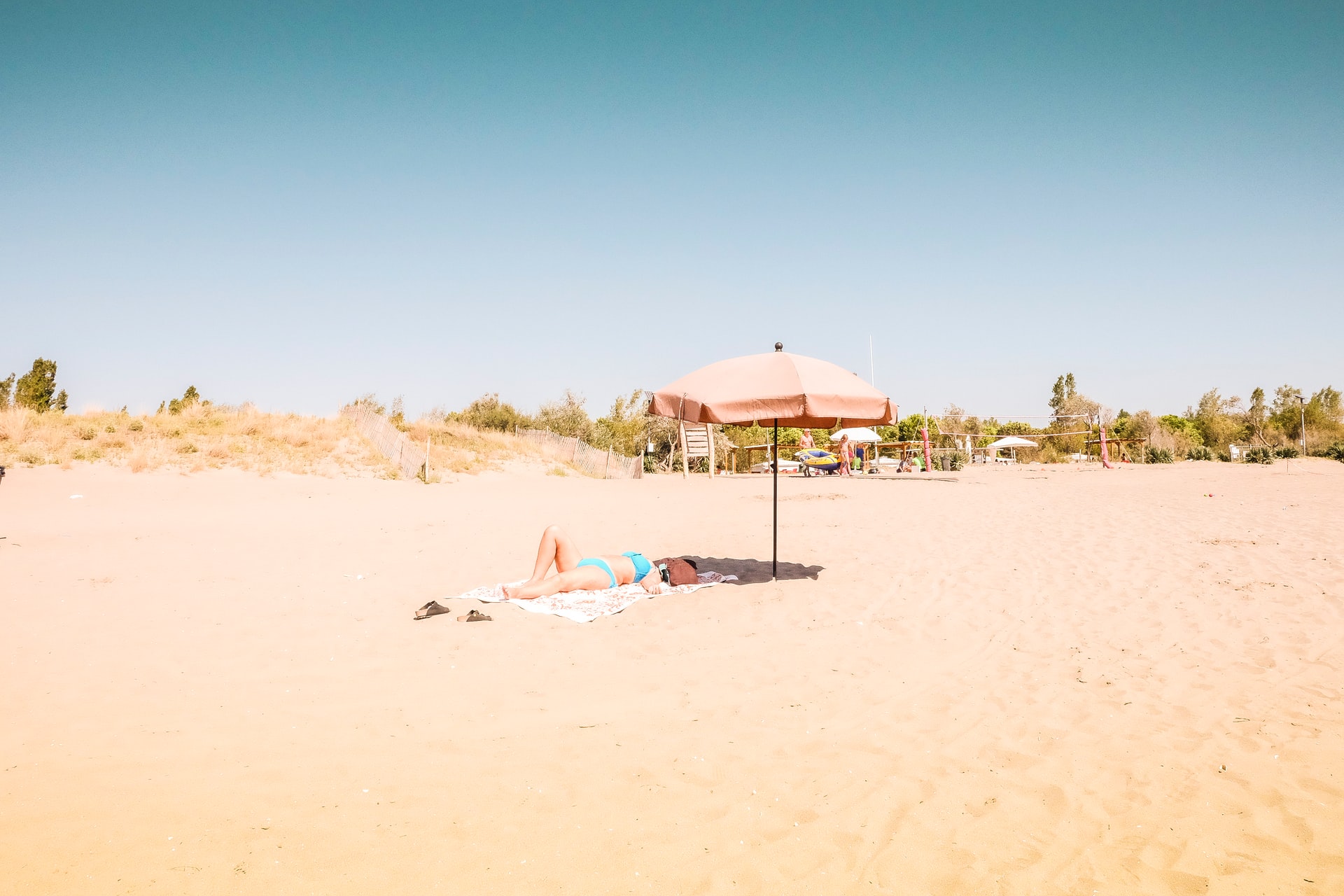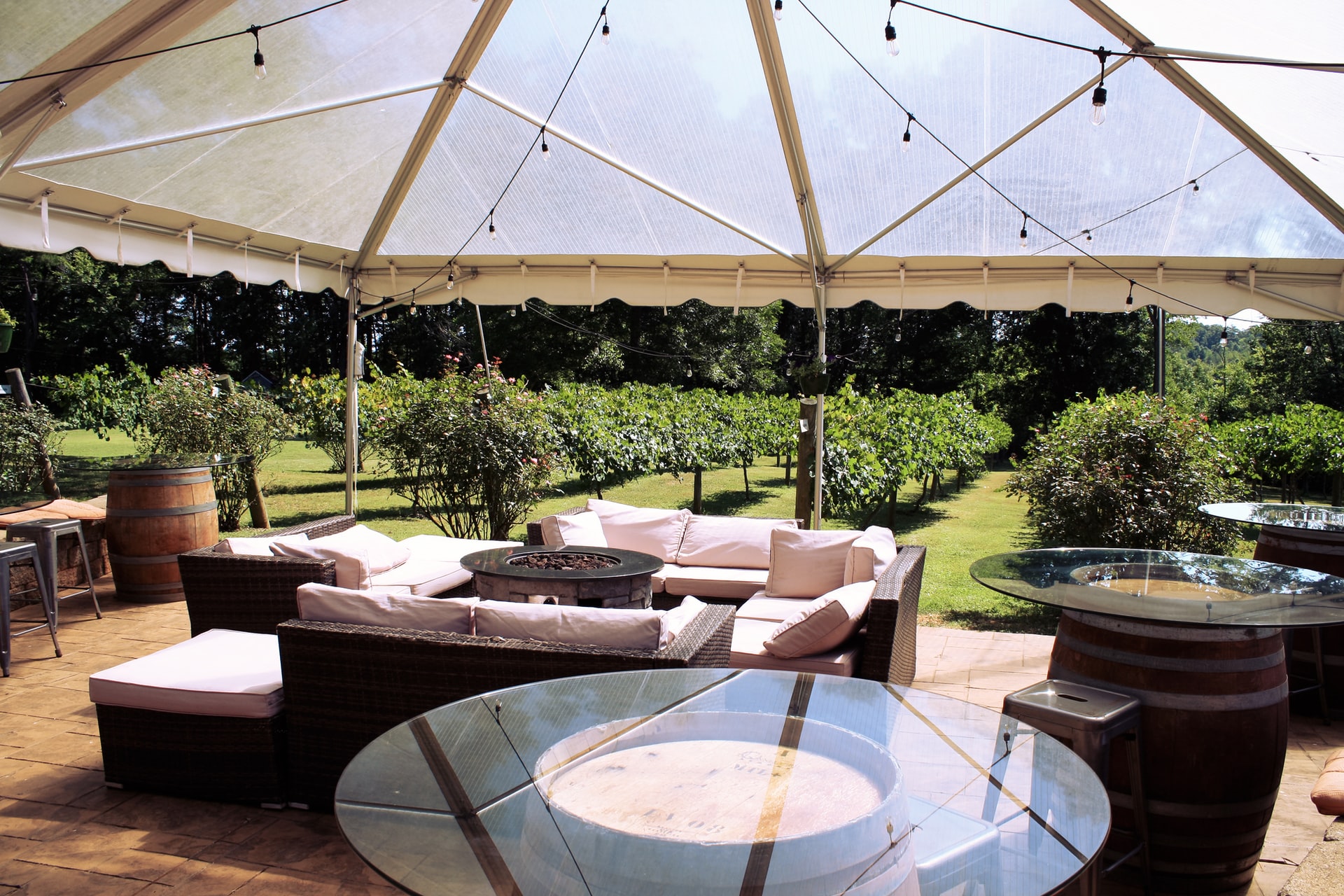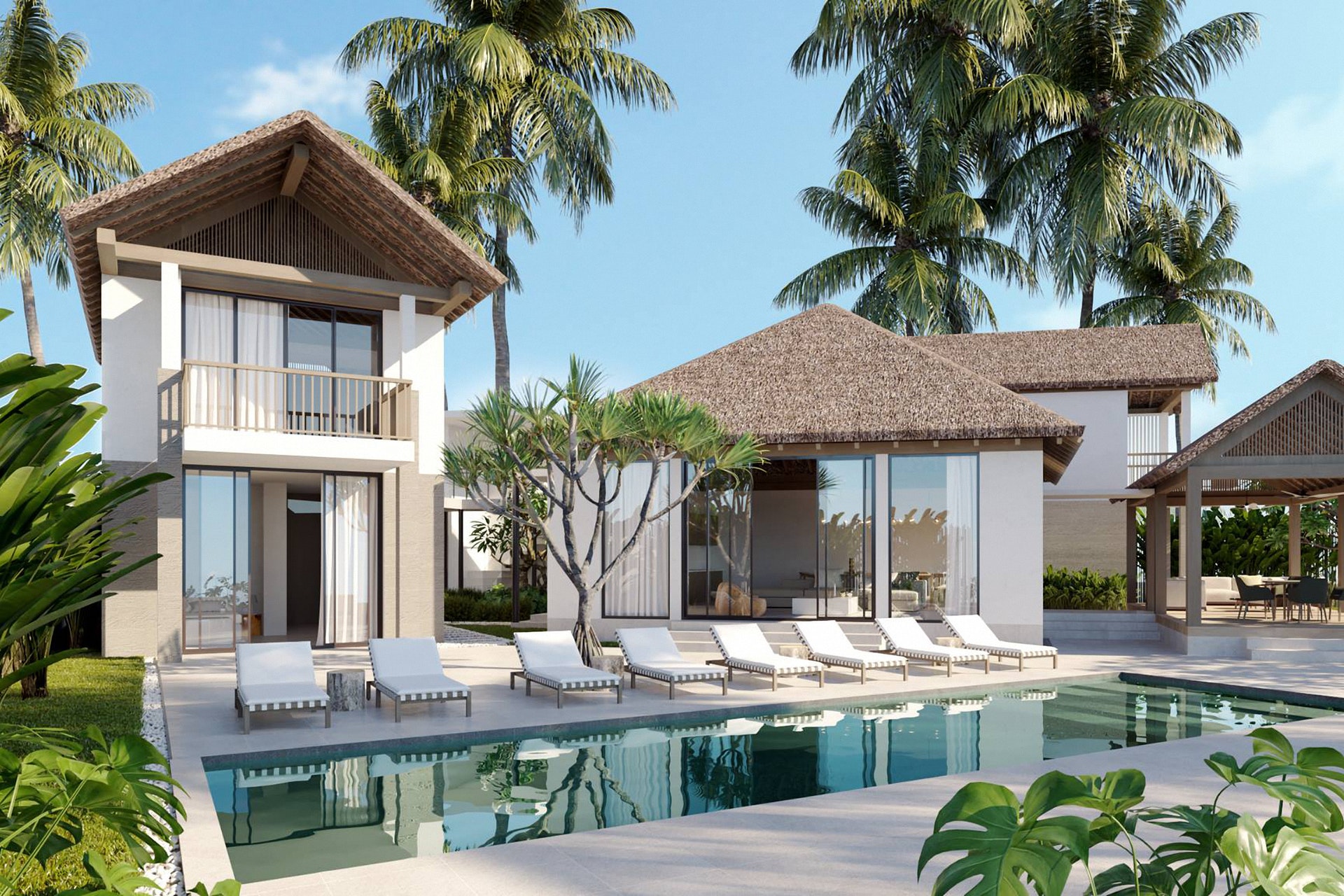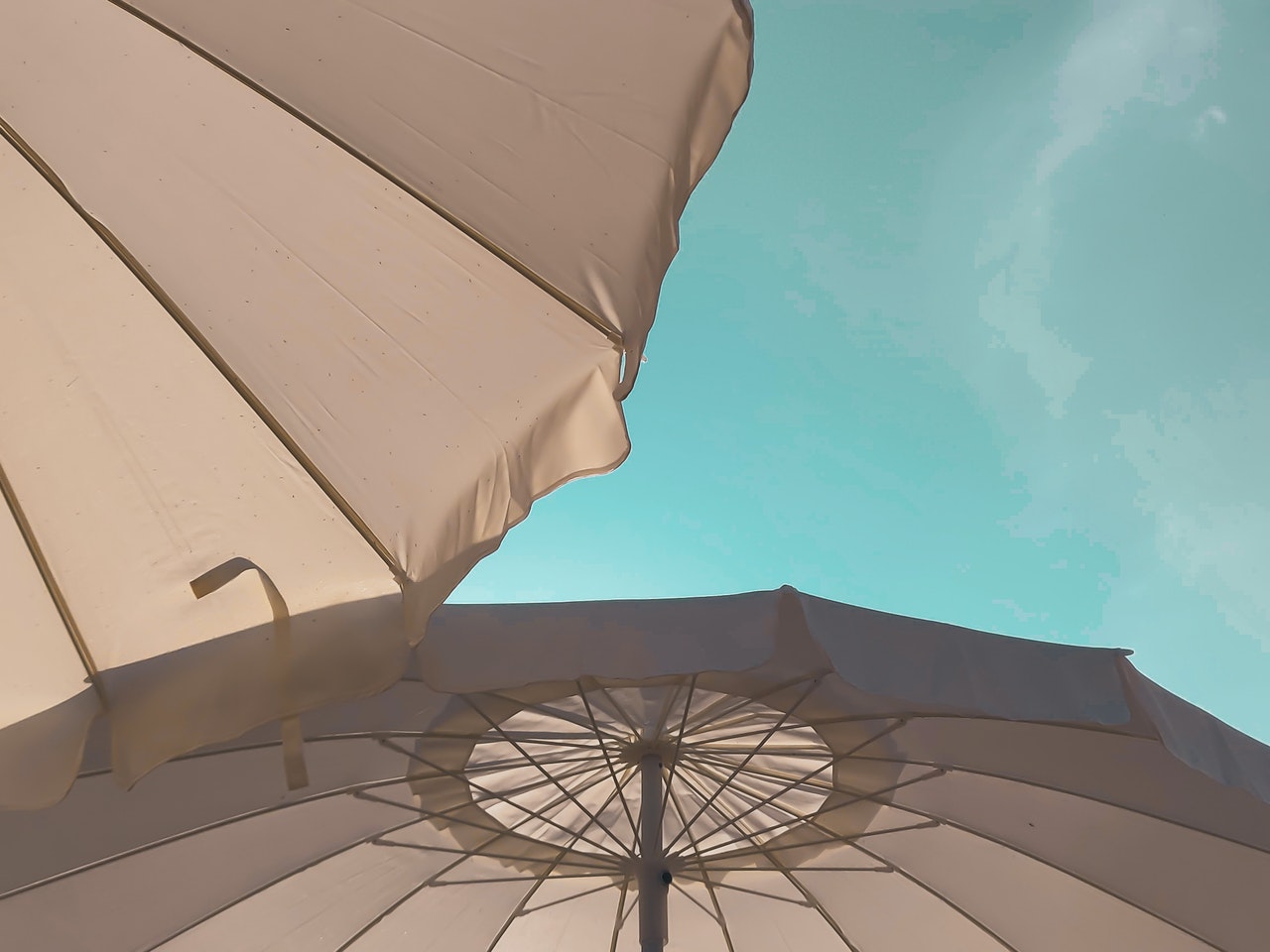Your Ultimate Buyer’s Checklist: Outdoor Umbrellas

Everything You Need to Know About Waterproof Shade Sail
March 16, 2022
Everything You Need to Know About Awnings Gold Coast
March 25, 2022Aside from shade sails, many Australians’ other popular outdoor shade option is the outdoor umbrella. It provides great aesthetic value to your property, plus it can also give you excellent weather protection.
However, choosing an outdoor umbrella that is perfect for your property can be challenging. It is why you should check out this buyer’s checklist that we compiled to help you shop for the best outdoor umbrella for your needs.
Checklist #1: Choose the Style of the Outdoor Umbrella
The outdoor umbrella comes in different styles, which is why many people find it challenging to shop for an umbrella for their patio. When choosing the right type of outdoor umbrella, you should consider the size of the space, the furniture you will use, and the purpose of the umbrella.
All of these mentioned factors have a significant role in deciding what umbrella style you should go for. To better understand each umbrella style, below is the compilation of each umbrella style and its description.
Center Pole Umbrella
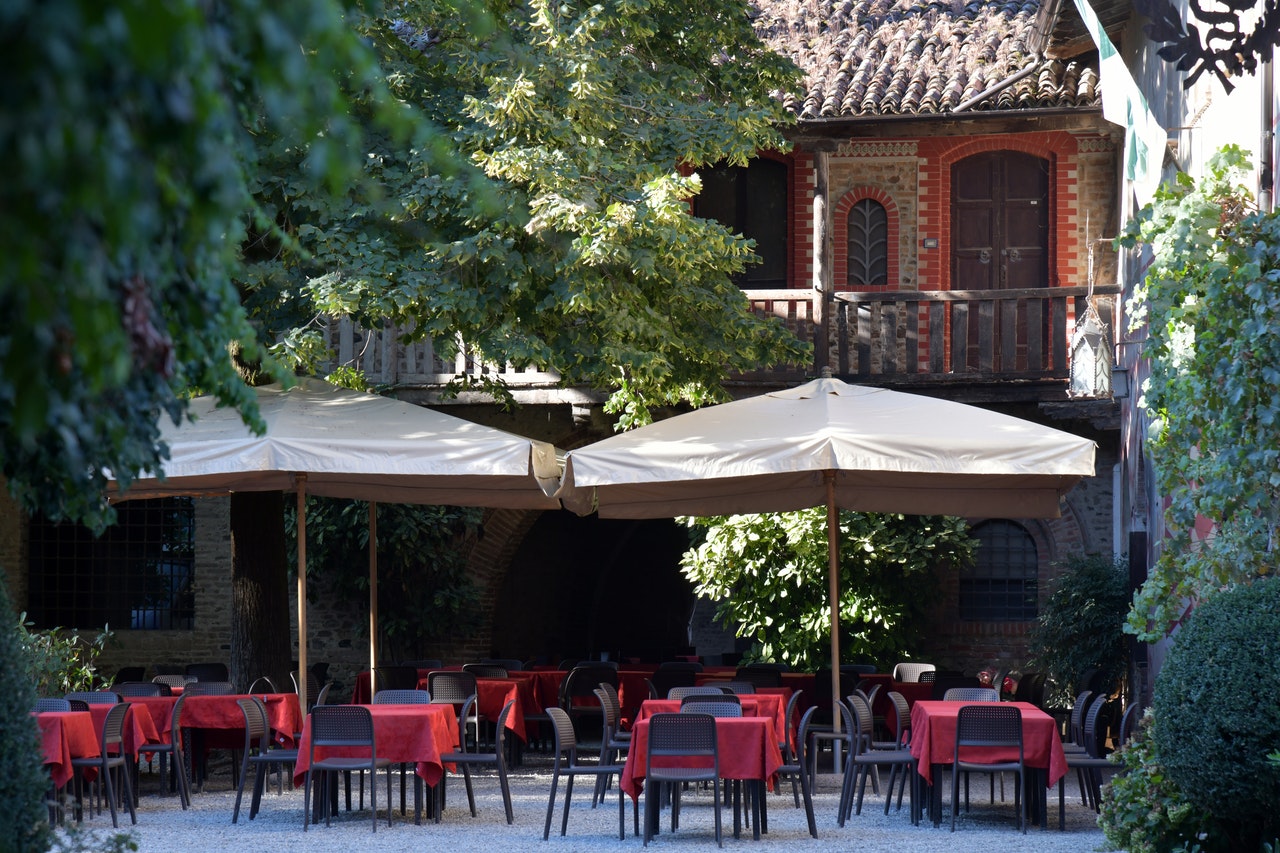
The first and the most common outdoor umbrella style is the centre pole. As the name suggests, a centre pole umbrella has a pole standing in the centre, which holds the umbrella to the ground.
It can come as a single piece. However, you can also find a centre pole umbrella with two separate pieces joined together. It’s worth noting that a mobile or fixed base can support centre pole umbrellas.
This outdoor umbrella style can provide efficient shade against direct sunlight, but exposure to reflected or diffuse ultraviolet radiation from the sides reduces overall shade protection.
Offset Umbrella
The next available style for an outdoor umbrella is the offset umbrella. It is also known as the cantilever patio umbrella. This umbrella style features a joint or arched pole attached to the side.
This outdoor umbrella will allow you to set furniture like tables and chairs freely underneath without the distraction of the pole in the centre. The offset umbrella is best used to shade larger outdoor areas. It is also an excellent modern piece to add to your outdoor space design.
Checklist #2: Choose What Frame Material You Want

The next thing you need to do when shopping for an outdoor umbrella is decided what material you want your umbrella to be. Selecting the material for your umbrella frame boils down to determining your priorities.
Do you want your umbrella to match the furniture you will install in your outdoor space? Are you worried about the weather within your area? Or do you aim to complement the overall look of your home and garden?
Whatever you want, you should wisely pick out the material used for your umbrella. You have to know that three primary materials are used in an outdoor umbrella. These materials are as follows.
Wood
If you are looking for a more natural approach, the wood umbrella can suit your taste. It has a timeless beauty that will make your outdoor space look sophisticated. The wooden umbrella will also look nice against your luscious green surroundings.
This material is sturdy but is prone to decay and insect infestation. It can also be vulnerable to the weather.
Metal
The next material option you have is metal. The stainless steel design is sleek and modern. It is best used for minimalist designs with wide spaces. Stainless steel is non-corrosive, which means that it can withstand the harsh elements in the environment, including the weather.
However, excessive salt presence, such as in a saltwater environment, can still cause some corrosion to the material. You can also opt for an aluminium metal umbrella. It is also durable yet lightweight, making your umbrella easy to install and uninstall. You can also quickly move it around if needed.
Fibreglass
The third and final material used in an outdoor umbrella is fibreglass. Outdoor umbrellas with fibreglass poles and frames are some of the toughest on the market. Fibreglass is far more lightweight, strong, and flexible than wood or aluminium. This flexibility enables it to bend without breaking in even the strongest wind storms.
Moreover, fibreglass doesn’t rust or rot, so it fits best with conditions and locations. The downside of these materials is that they can be more expensive than the other two materials mentioned. But if you think about it, choosing a fibreglass outdoor umbrella will benefit you in the long run.
Checklist #3: Choose the Size and the Shape of the Umbrella
The outdoor umbrella comes in different shapes and sizes. You should never forget to consider these two factors when buying an umbrella for your home. Choosing the best size and shape is crucial to protecting the umbrella.
If the umbrella is too small, there won’t be enough shade to do the job. On the other hand, large patio umbrellas may overwhelm your area and spoil the atmosphere of your outdoor area. Additionally, your space might have constraints like a tree, eaves, or walls that will limit your choices.
A good rule of thumb is first to find the dimensions of the area or table that you want to shade. Take into account the amount of space required to position chairs comfortably. Then, add 2 to 2 1/2 feet to each side to determine the canopy diameter that provides just enough shade.
When it comes to the shape, there are three things you will need to account for: the shape of the table or the area you want to protect, any physical constraints of your outdoor environment, and, of course, your aesthetic preferences.
If the area you want to shade is symmetrical, a round shape umbrella can be a good choice. But if the area is longer or oval, a rectangular umbrella can do the job very well. On the other hand, the square umbrella can also be used with symmetrical spaces but provides better coverage.
Checklist #4: Choose the Right Fabric
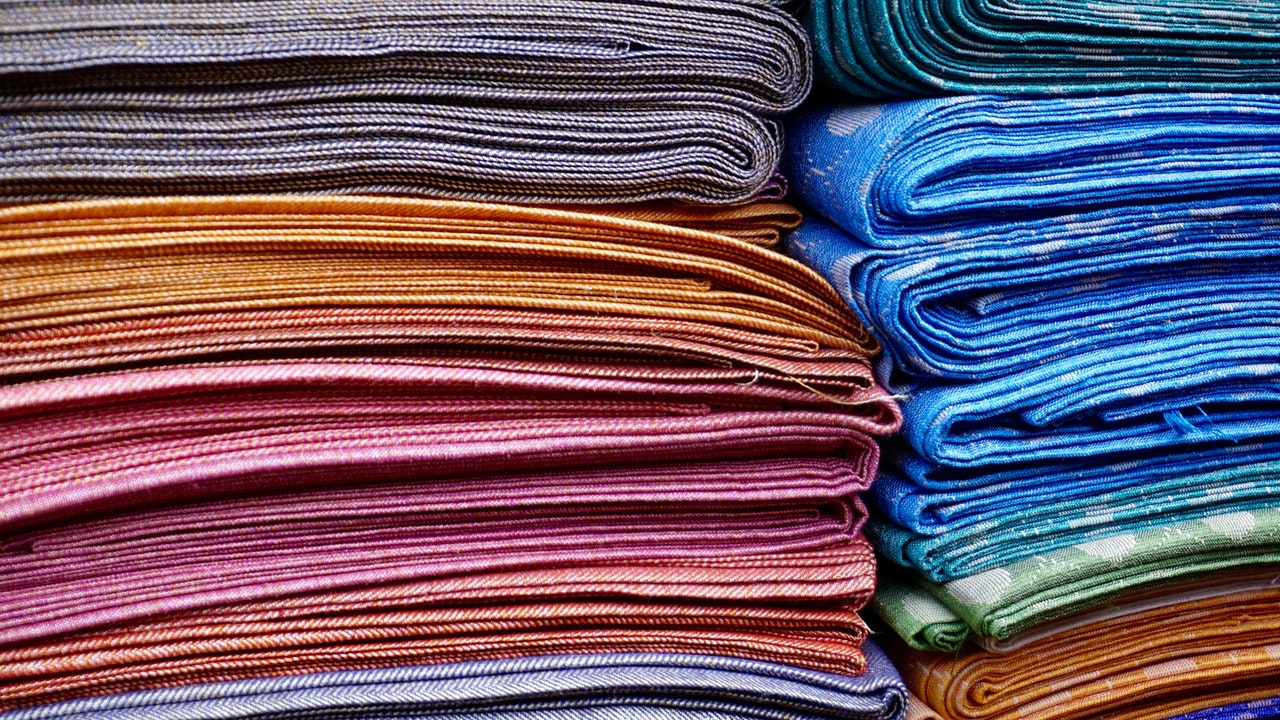
Aside from the frame, it would be best if you also considered what fabric you would want on your umbrella. Outdoor umbrellas are made from various materials, each with its physical characteristics, advantages, disadvantages, and cost considerations.
Several fabrics are layered with PVC or styrene-acrylic to boost weather resistance. However, it reduces the compressive tearing strength of the material. But despite that fact, many homeowners in Australia opt for a PVC Coated fabric to use on their outdoor canopies, including outdoor umbrellas.
Checklist #5: Pick the Best Colour
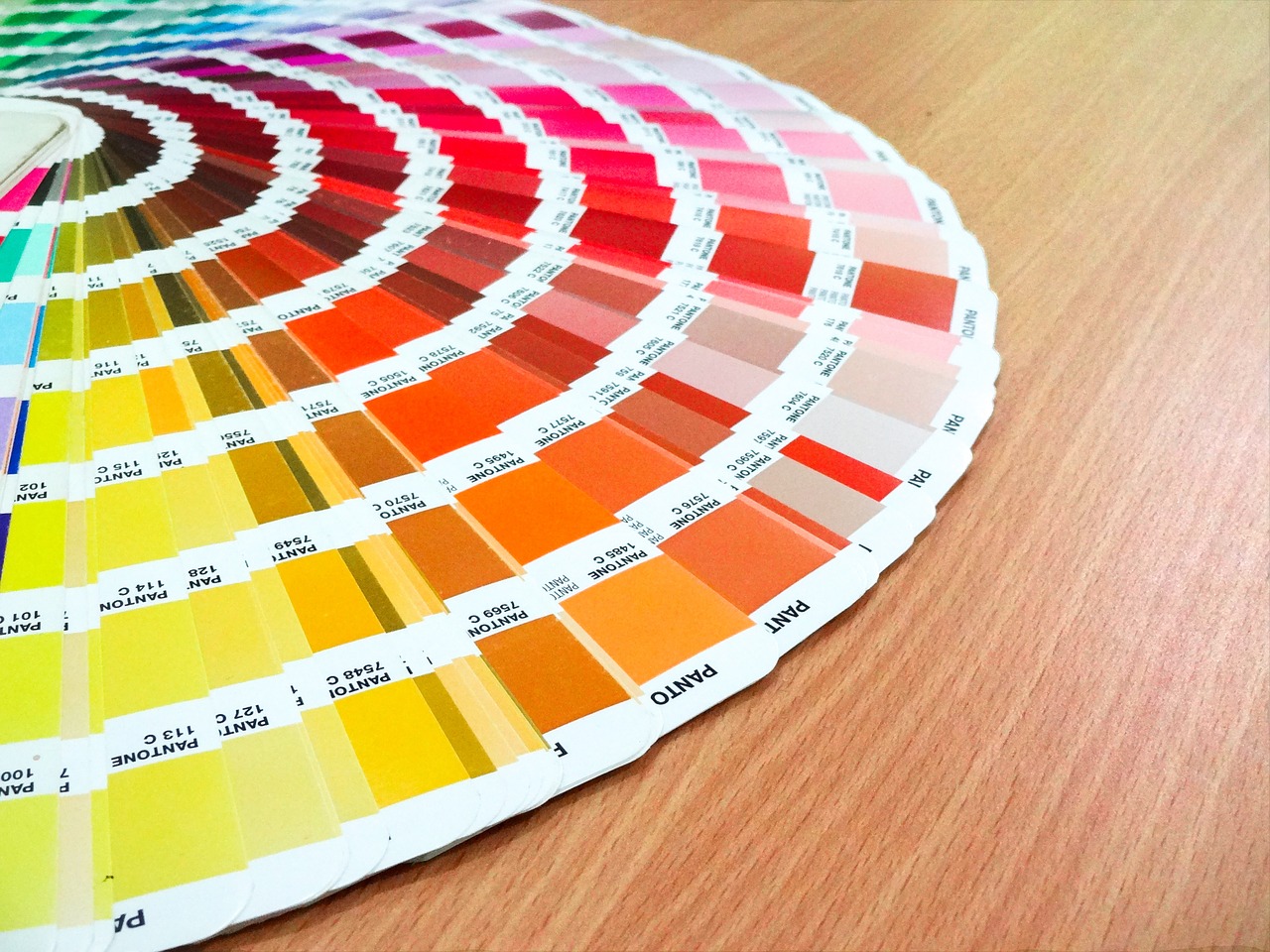
Now it comes down to the umbrella colour that you want to install on your property. When choosing an outdoor umbrella colour, you should consider the wall colour of your house.
Your outdoor accessories like the outdoor umbrella should complement your home’s exterior colour to ensure that you retain the aesthetic value of your home.
A neutral colour is always a good option as it can complement a wide array of colour palettes. It means that your property will look stunning with a neutral-coloured umbrella no matter what your exterior colour is.
Start Your Shopping
With this essential checklist, you are now ready to start shopping for the best outdoor umbrella for your outdoor space. Use this checklist as a guide to ensure that you will never be confused about what to choose.

